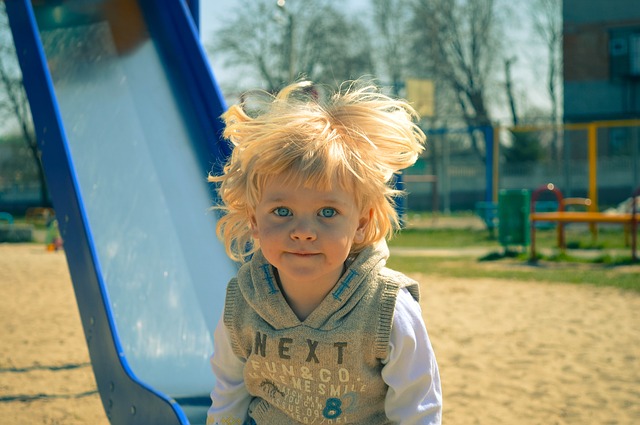Our bodies are incredible machines that allow us to do amazing things. While there are many ways beyond our control that our bodies can be made to work in a less than optimum fashion, even if these were to happen, we would still have a responsibility to care for them. This is always true regardless of their limits.
At Greystone House, we tend to place a lot of emphasis on the care and maintenance of our bodies. While we believe this to be important whether you are aged 5 or 95, we would argue it is critical for the ages we serve. Like so much of what we do at Greystone House, this emphasis is simply a foundation for building good lifelong habits, and the earlier you start the better the result will be. Healthy kids matter. What follows is a list of some of the ways we build this skill and how you can work on building it at home.
– Eat right. We focus a lot on our menu. Not only do we have a variety of healthy foods, but we make sure that we include items that pack a double punch: healthy and TASTY. Among the very non-traditional favorites we have heard praised from recent graduates are lamb curry, vegetable cheese medley, and creole casserole. We are exclusively vegetarian one day per week (unless your child is vegetarian in which case we support them every day). How do you reinforce this at home? The first step is easy and that is – ask us what your child loves to eat at school. We are happy to share. Beyond that, focus on providing a variety of healthy foods at home – particularly snacks. Keep unhealthy foods out of the house except for special occasions. Involve older children (primary age and above) in healthy food preparation and allow them to sample as they help. It also doesn’t hurt to voice a little disapproval when you see an ad that makes unhealthy food look like fun. Those comments stick when the kids are young.
– Get out and play. Beyond the positive developmental benefits that outdoor activities provide is the fact that playing is just plain old good exercise. If the sun is shining and the temperature falls between arctic and inferno there is nothing wrong with getting out and moving. We have some exemplary families in the schools in this regard and we think there example is worth following. There are a huge variety of ways to reinforce this at home. Find a bike path and use it to go somewhere you haven’t gone before (and then go there again). If you are within a mile of the store – grab a reusable bag and some comfy shoes and do some shopping. With older children make that “if you are within 2 miles of the store”. Pick up a ball and roll it (infants), kick it (toddlers), or throw it (older children) around the yard. The one week stretch this year excluded, we don’t have winter in Houston. Take advantage of this.
– Move it whenever you can. Have a look at our classrooms and you will see tables where the children work. Then look a little closer. There are floor rugs, easels to use while standing, and even some creative seating that encourages balancing and moving while working. Just because your child will be forced to “sit still and pay attention” (good luck with that) in public school doesn’t mean they have to sit or lay down to read, write, or do any other traditionally stationary activities. Reinforce at home that it is okay to move around or stand up while they expand their minds. Whiteboards, chalkboards, and easels all provide some assistance in this regard.
– Get some sleep. Children need rest and plenty of it – PERIOD. Basic recharging is important for all of us, but young bodies are busy doing things in the background that our older bodies are not. Chief among these things is growing – an amazingly energy intensive activity. Younger children get naps at school and that shouldn’t change at home. A comfortable sleeping environment that is free of distractions is a great start. If they share a room with an older sibling make sure the older child can grab some things to do from the room while the younger child uses it to rest. Plan activities around naps on the weekend. Whether you hit the store at 10am or 3pm ultimately doesn’t matter, but a child with a rested mind and body does. If your child fights naps you can try soft talk and back patting (or head rubbing). This is a technique we use in the nap room and it has worked on all but a handful of children we were told “do not take naps” over the past thirty plus years. If your child absolutely won’t give up the ghost, enforce light rest. They can have “think time”, but it has to be in a quiet place and they need to lay down. Bedtime is bedtime and regardless of your routine, your child will benefit from their own space that is free of distractions. Try to keep bedtime the same and – as with naps – plan your day to ensure you are where you need to be when it arrives.
A long, healthy, and fruitful life is something we can all aspire to. Maintain your machine and see how far it can take you.





